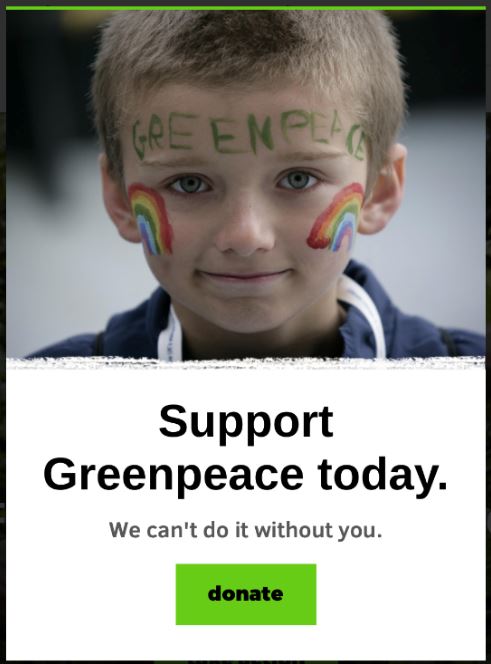Made you look!
Susan K. Hughes will discuss her theory of Human Engine Optimization (HEO) during our Tech to Tell Your Story conference on June 7. Register today!
Guest blog by Susan K. Hughes, Communicator,
Orgonomic
![]()

Hello
If you are reading this then I’ve succeeded. I want you to notice me and hear what I have to say. I want to connect with you.
What does this have to do with the canine ET?
This blog has been optimized for human engines (HEO). Think SEO for people. Human engine optimization is the process of improving the visibility of your work by using communication methods that most appeal to humans.
Here are three ways to get attention:
1. Use images
The human brain processes images 60,000 times faster than words. And, we understand the concepts within the images just as quickly.
In a recent study, MIT neuroscientists found that we can identify images seen for as little as 13 milliseconds. In this study, subjects were told to look for a particular topic, like “smiling couple,” and then shown a series of images presented between 13 and 80 milliseconds. Subjects were able to find their topic most of the time. Amazing!
When we see this image we see more than a dog in a blanket. We see a vulnerable (and kind of ridiculous) dog in a blanket that is being taken care of. We see love. This image makes us feel something.
2. Focus on one person (or animal)
We are psychologically wired to help only one person, or animal, at a time. As soon as we add a second subject, people begin to demonstrate “compassion fade,” called pseudo inefficacy.
This vulnerable dog makes us feel compassion because it is possible to help one dog.
Read The Arithmetic of Compassion to learn more about these studies. It’s fascinating stuff.
3. Use eye contact
Using images of faces — even non-human faces — is an effective way to get someone’s attention. This is especially true for eye-to-eye contact, which is why I end up buying crappy toys and agreeing to later bedtimes when my kids give me “puppy-dog eyes.” My kids instinctively get it.
The Humane Society of the US gets it.

So does Greenpeace.

The Metropolitan Museum of Art gets it, too.

I would never reject words. Language is handy, wonderful, and necessary. But the right image can make a world of difference.
Susan K. Hughes
Communicator
Orgonomic
Want exclusive weekly intelligence that equips you with the tools and skills you need to communicate your greatness? Subscribe to the Superhero Action Network.
![]() Follow Maryland Nonprofits on Google+, Facebook, Twitter, and LinkedIn.
Follow Maryland Nonprofits on Google+, Facebook, Twitter, and LinkedIn.
Looking for a new nonprofit career? Follow @MDNonprofitJobs.
